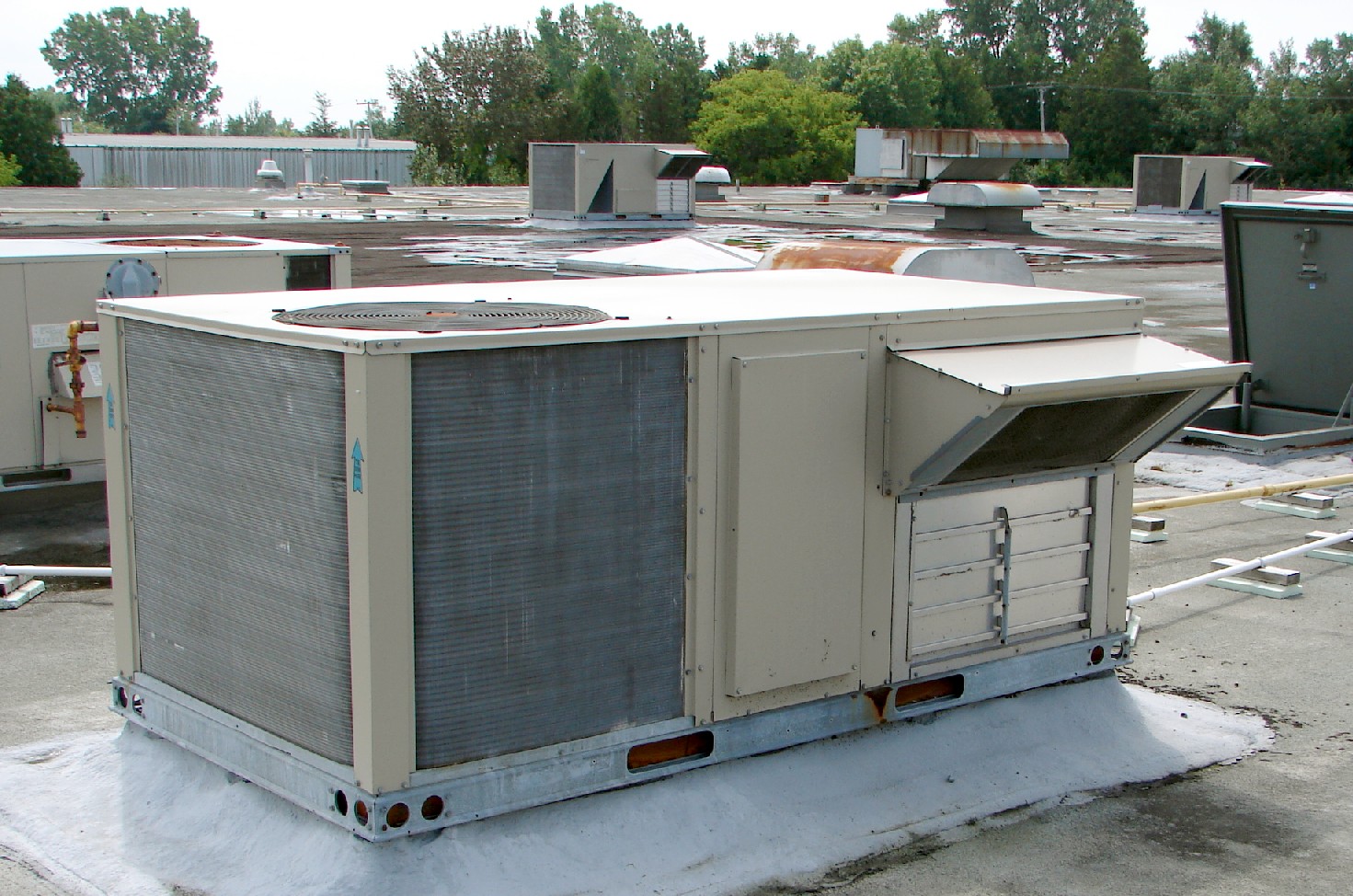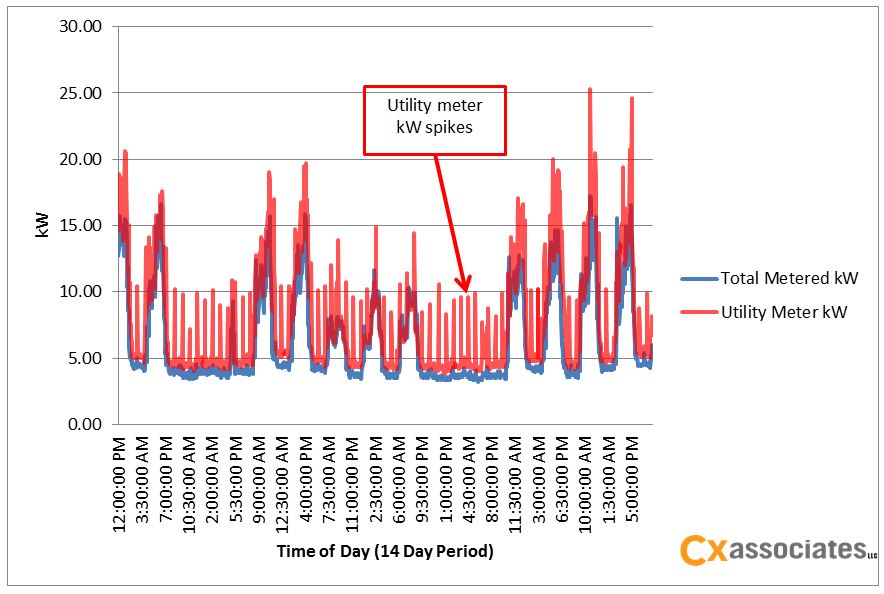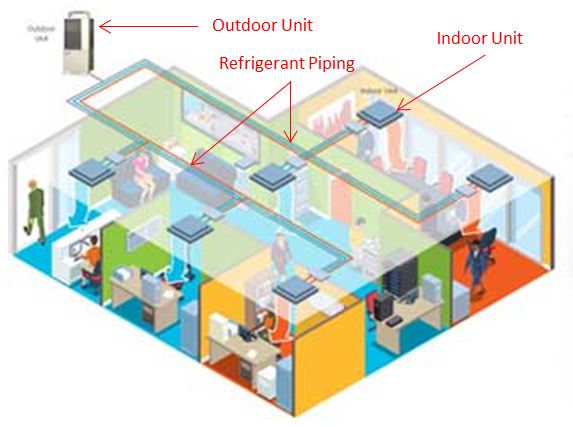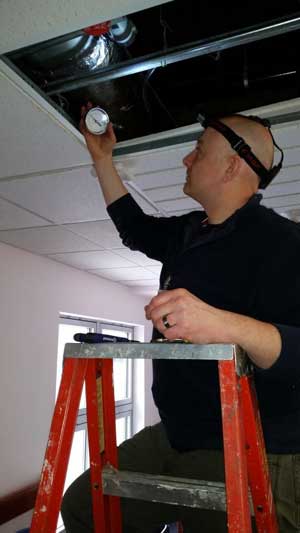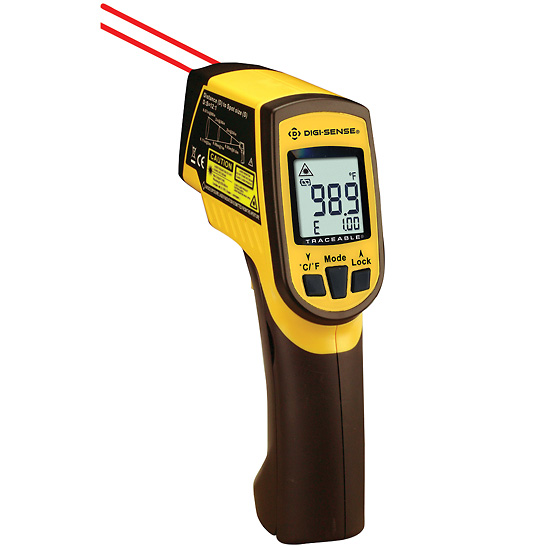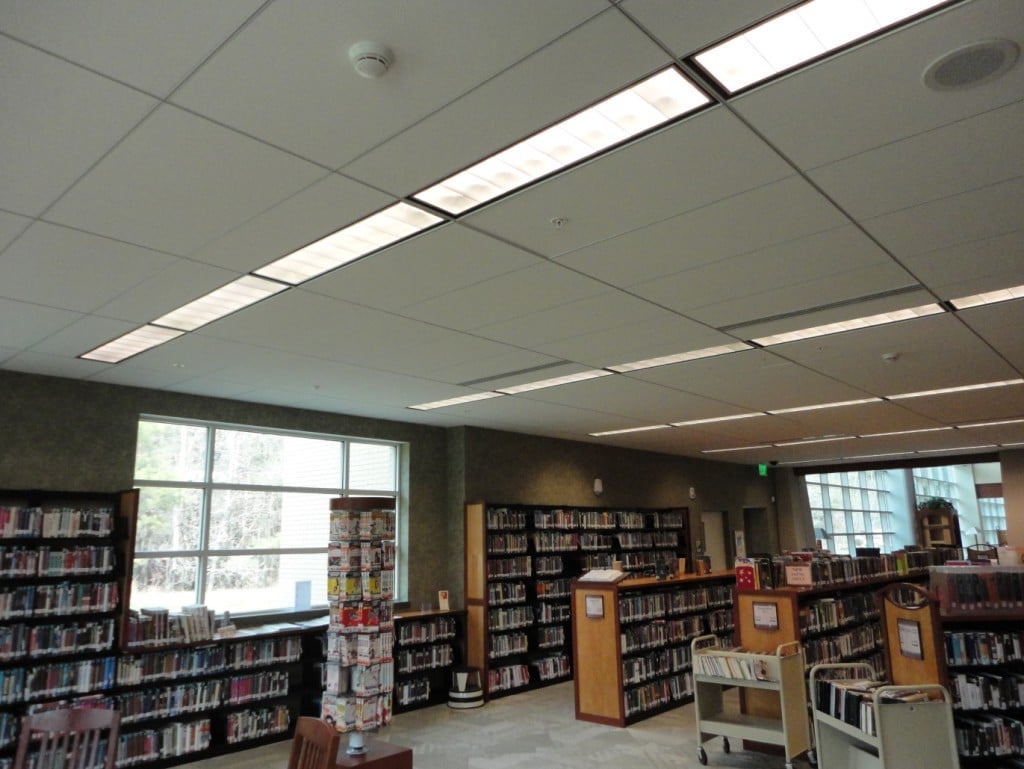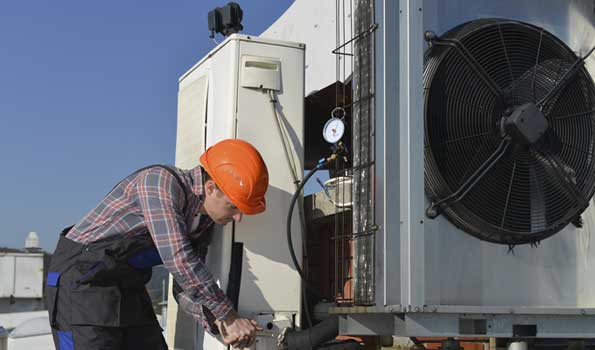In commercial buildings all air handlers, whether they are mass produced roof top units or custom built indoor units, are built and installed with an outside air intake and damper. This outside air intake and damper has a large effect on both the energy use of a building and the indoor environmental quality (IEQ) of a building. When performing retro-commissioning, Cx Associates often finds these outside air dampers are not adjusted properly (or are broken entirely) leading to either high energy use or poor IEQ. By optimizing air handling units, energy savings or improved comfort (or both) can sometimes be achieved.
Walker Calderwood
Recent posts by Walker Calderwood
2 min read
Optimizing Air Handling Units for Energy Savings or Improved Comfort
By Walker Calderwood on May 11, 2016 10:00:00 AM
Topics: Building Performance & Technology
3 min read
The Importance of Communication in the Commissioning Process
By Walker Calderwood on Mar 9, 2016 10:00:00 AM
Building commissioning has become more common on commercial construction projects over the last few years due to the many benefits the commissioning process offers, and in some cases due to new building codes. During this time owners, architects, engineers, contractors, and construction managers have become more familiar with what commissioning is, and how it affects them. However, it seems that it’s still often unclear to project teams exactly how to integrate the commissioning authority (CxA) and commissioning process into the construction process. I believe the first part of the integration begins with communication between the CxA and the rest of the project team. The importance of communication in the commissioning process cannot be overstated.
Topics: Building Cx & Design Review
3 min read
A Surprising Peak Electric Demand Contributor
By Walker Calderwood on Jan 13, 2016 10:00:00 AM
On a recent project we were tasked with trying to reduce the peak electric demand of a building that already had a relatively low summer peak demand of around 40-45 kW and even lower winter demand of around 25 kW. Immediately ideas jumped into our head that we should look at the four installed rooftop units and the commercial kitchen equipment as sources for peak electric demand savings.
Meter First
Before we began any analysis though, we metered the feed of nearly every electrical distribution panel in the building to check for any anomalies. We found what was expected – the kitchen and RTUs accounted for a large amount of the electrical demand. However, when we compared this data with the utility meter (total power of the building) data for the same time period we found that one feed we did not meter turned out to be an important one.
Topics: Building Cx & Design Review Evaluation Measurement & Verification (EM&
2 min read
Common Issues with VRF System Installation
By Walker Calderwood on Nov 4, 2015 10:00:00 AM
Variable Refrigerant Flow (VRF) systems are becoming an increasingly popular HVAC solution for commercial construction projects around the country. They offer many benefits that can be realized by architects, engineers, contractors, and end users. Some of the benefits include energy efficiency, flexible installation, and local controls for end users. I began my career by spending two years as sales rep for a VRF manufacturer, and the following are some observations I made during that time about issues which commonly caused problems during installation.
Topics: Building Performance & Technology
2 min read
Common Pre-Functional Testing Checks
By Walker Calderwood on Sep 10, 2015 6:00:00 AM
Pre-Functional testing is a vital step in the commissioning process, where issues can be identified and corrected during equipment installation. It is important to catch issues at this phase in the construction process as issues are often able to be resolved faster, easier and cheaper than if they were identified after construction is complete. Some of the equipment checks may seem a bit obvious and somewhat redundant, but we verify them on every commissioned project—and you might be surprised to learn how often these basic checks uncover deficiencies.
Topics: Building Cx & Design Review
3 min read
Measurement Tools for Energy Audits and RCx
By Walker Calderwood on Jul 8, 2015 10:15:00 AM
Engineers and energy managers use many different types of instruments to help identify energy efficiency opportunities in an existing facility. Loggers that have been discussed in previous blog posts are a good way to assess how building equipment performs over time, but I am going to talk about some measurement tools for energy audits and RCx (retrocommissioning) that can be used to instantaneously identify potential issues that can lead to higher than needed energy use.
Topics: Building Cx & Design Review Building Performance & Technology
3 min read
EM&V Metering: Right Place, Right Time, Right Duration
By Walker Calderwood on May 13, 2015 6:00:00 AM
Continuing on an earlier blog post on Evaluation, Measurement and Verification (EM&V), a vital source of information for the EM&V process comes from metering. As mentioned in Katie’s recent blog post, there are many types of meters that can be used to collect data for analyzing energy savings. Using the right type of meter is important, but ensuring your engineering team installs it in the right place at the right time for the right duration is also critical to ensuring that the data collected by the meters is both valid and beneficial for the energy analysis for which it will be used.
Topics: Energy Efficiency Evaluation Measurement & Verification (EM&
2 min read
Chillers Offer Big Savings with Retrocommissioning
By Walker Calderwood on Mar 18, 2015 6:00:00 AM
Retrocommissioning (RCx) is a great way for facilities owners and managers to improve energy efficiency and performance of existing building systems without incurring large capital costs. Some projects result in such great savings that simple payback can be less than a year. The RCx process involves assessing the operating performance of existing equipment in a facility, and then making recommendations to improve the performance based on the results of the assessment. These improvements are typically done by making adjustments to how the equipment is controlled.
Topics: Building Cx & Design Review Energy Efficiency
2 min read
EM&V: Determining Energy Efficiency Program Performance
By Walker Calderwood on Jan 7, 2015 5:00:00 AM
Have you ever wondered how utilities and energy agencies run energy efficiency programs for installing recommended products such as variable frequency drives and LED lighting? Evaluation, Measurement and Verification (EM&V) is a crucial part of evaluating energy efficiency programs. EM&V provides an assessment of how well the program is performing. This goes beyond assessing the performance of the installed energy efficient measures; it also provides an assessment of how customers perceive and use the program. EM&V makes energy programs sustainable by providing feedback through multiple and diverse sources of information.
Topics: Standards and Metrics Energy Efficiency Evaluation Measurement & Verification (EM&
2 min read
The Importance of HVAC Preventive Maintenance
By Walker Calderwood on Nov 26, 2014 5:00:00 AM
Despite my relatively short amount of time working in the building commissioning field, I have been able to witness firsthand the serious consequences resulting from a lack of HVAC preventive maintenance (PM) in a facility. From dirty filters and coils to broken outside air dampers, lack of PM can lead to premature equipment failure, poor indoor air quality, an assortment of other problems, and usually increased energy and maintenance costs for a building owner. Indeed, it can be challenging for a facilities team to stick to a preventive maintenance plan after they have fallen into a reactive maintenance mode, but the advantages of a more proactive approach can be beneficial to everyone on the facilities team, as well as the building owner.

